For many women, menopause isn’t just about hot flashes and sleepless nights-it’s a turning point where health decisions carry real weight. Hormone Replacement Therapy (HRT) has been around since the 1940s, but the conversation around it changed dramatically after 2002. Today, it’s not a one-size-fits-all solution. It’s a personalized tool-and when used correctly, it can make a huge difference in quality of life. But it’s not without risks. Understanding the benefits, the real dangers, and how to monitor your health while on HRT is the key to making the right choice.
What HRT Actually Does
HRT replaces hormones your body stops making after menopause, mainly estrogen and sometimes progesterone. It’s not a cure-all, but it’s the most effective treatment we have for severe hot flashes, night sweats, and vaginal dryness. Studies show HRT reduces hot flashes by 80-90%, far outperforming antidepressants like SSRIs, which only cut them by about half. For women struggling with daily discomfort, this isn’t a minor improvement-it’s life-changing.
It also protects bone density. HRT lowers the risk of fractures by 34% compared to no treatment, according to the Women’s Health Initiative. That’s more than many osteoporosis drugs can offer in the first few years. For women who lose bone fast after menopause, HRT can be a critical shield against breaks that could change their mobility forever.
The Risks Aren’t What They Used to Be
When the Women’s Health Initiative study came out in 2002, HRT use in the U.S. dropped by more than half. The message was clear: HRT causes breast cancer and heart disease. But that study had a major flaw-it mostly studied women over 60, many of whom were already at higher risk for these conditions. Newer research shows timing matters more than anything.
Starting HRT before age 60 or within 10 years of menopause significantly lowers the risk of heart disease. In fact, for this group, HRT can reduce coronary heart disease risk by 32%. But if you start after 60, the risk profile flips. That’s why guidelines now focus on the “timing hypothesis.”
As for breast cancer, the risk is real-but small. For women taking estrogen plus progesterone (EPT), there are about 8 extra cases per 10,000 women per year. That’s less than the risk from being overweight or drinking alcohol daily. And it’s only with combined therapy. Estrogen-only therapy (for women without a uterus) shows no increase in breast cancer risk, even after 7 years of use.
Delivery Methods Change Everything
Not all HRT is the same. How you take it makes a big difference in safety. Oral pills go through your liver, increasing the chance of blood clots. Transdermal options-patches, gels, sprays-bypass the liver and carry far less risk.
Studies show transdermal estrogen reduces the risk of venous thromboembolism (blood clots in the legs or lungs) by 50-60% compared to oral. The absolute risk? About 1.3 cases per 1,000 women per year with patches or gels, versus 3.7 with pills. That’s why experts now recommend transdermal as the first choice for most women.
For vaginal symptoms, low-dose vaginal estrogen (rings, tablets, creams) works locally with almost no systemic absorption. It doesn’t raise your risk of clots or breast cancer. It’s safe, effective, and often overlooked.
Progesterone: Necessary, But Not All the Same
If you still have a uterus, you need progesterone to protect your lining from overgrowth, which can lead to cancer. But not all progesterone is created equal.
Traditional synthetic progestins like medroxyprogesterone acetate (found in older HRT brands) have been linked to higher breast cancer risk. Micronized progesterone-bioidentical, plant-derived, and identical to what your body makes-has a better safety profile. Studies suggest it may carry less breast cancer risk than synthetic versions.
The standard dose is 100-200 mg taken for 12-14 days each month. Some women use it daily, but that increases side effects like bloating and mood swings. The goal is to use the lowest effective dose for the shortest time needed.
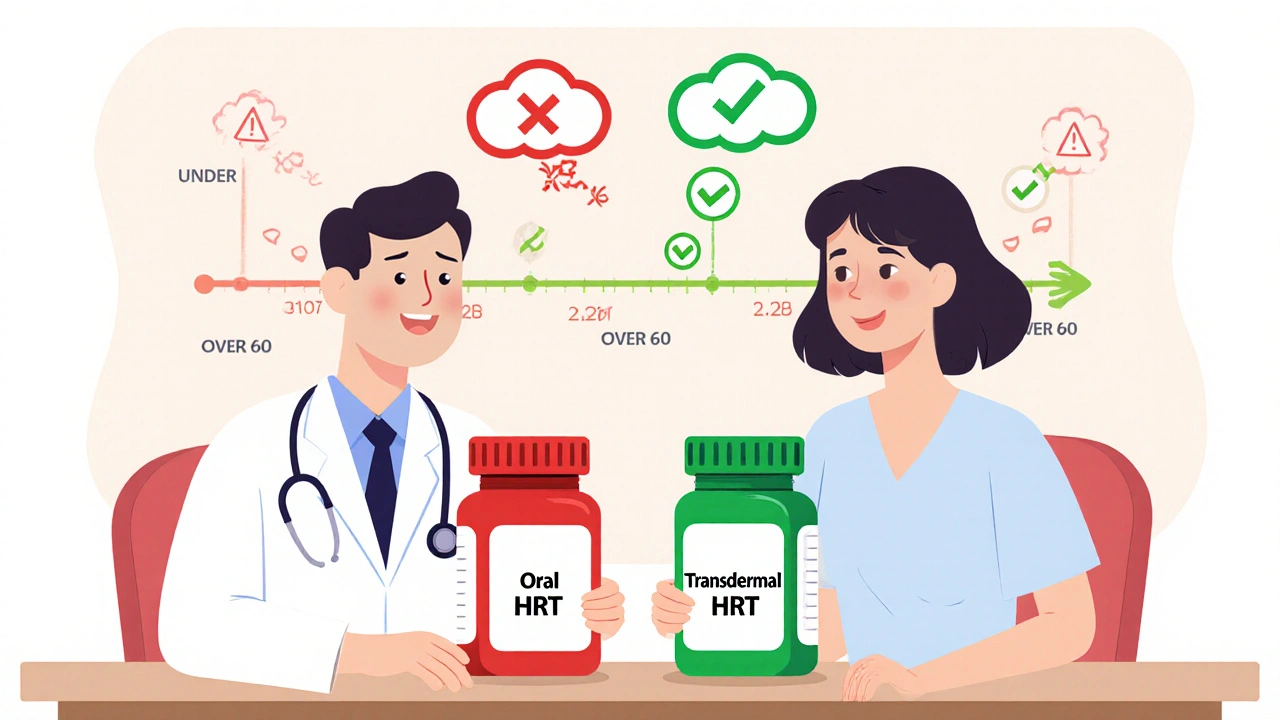
Monitoring: What You Need to Check, and When
HRT isn’t a “set it and forget it” treatment. You need regular check-ins. Before starting, you should have:
- A mammogram
- A breast exam
- A pelvic exam
- Blood pressure measurement
- BMI calculation
After that, follow-up every 3 months for the first year, then annually. At each visit, your provider should check:
- Blood pressure (clots and stroke risk rise with high BP)
- Weight gain (can affect hormone sensitivity)
- Breast changes (new lumps, nipple discharge)
- Any new symptoms-mood swings, headaches, vaginal bleeding
Irregular bleeding in the first 6 months is common-up to half of women experience it. But if it continues past 6 months, you need an endometrial biopsy to rule out abnormal growth. That’s standard care.
Who Should Avoid HRT
HRT isn’t for everyone. You should not start it if you have:
- A history of breast cancer
- Active blood clots (deep vein thrombosis or pulmonary embolism)
- Unexplained vaginal bleeding
- History of stroke or heart attack
- Severe liver disease
If you have a strong family history of breast cancer or carry BRCA mutations, talk to a specialist. Some women with these risks still benefit from HRT under close supervision, but it requires careful planning.
What About Bioidentical Hormones?
You’ve probably heard of “natural” or “bioidentical” HRT. These are often marketed as safer alternatives. But here’s the truth: the FDA and Endocrine Society agree-there’s no evidence that compounded bioidentical hormones (made in specialty pharmacies) are safer or more effective than FDA-approved versions.
Compounded products aren’t tested for purity, consistency, or dosage accuracy. Some contain unpredictable hormone levels. That’s risky. FDA-approved estradiol and micronized progesterone are standardized, tested, and regulated. They’re the gold standard.
Claims that bioidenticals reduce heart disease by 30-50% or lower breast cancer risk by 29% come from small, non-peer-reviewed studies. Don’t rely on them. Stick with science-backed options.
What Happens When You Stop?
Many women stop HRT because they’re scared of side effects or think they’ve been on it too long. That’s fine-but don’t quit cold turkey. Stopping suddenly can trigger a rebound of hot flashes, sometimes worse than before.
Instead, taper slowly. Reduce your dose by 25% every 2-4 weeks. If symptoms return, hold at that dose for another month before reducing again. Most women can stop within 6-12 months without major issues.
Remember: HRT doesn’t cause dependence. Your body doesn’t “need” it. It just helped you feel better while your hormones were low. Once you’re past the worst of menopause, you can safely stop.
Real People, Real Results
Surveys show that women who stay on HRT for more than a year report high satisfaction. A 2022 Cleveland Clinic study found 68% of transdermal users continued treatment after 12 months, compared to just 52% of pill users. Why? Fewer side effects. Less nausea. Less bloating. Better sleep.
Online forums like Reddit’s r/Menopause are full of stories: “I went from barely sleeping to running 5Ks.” “I stopped dreading meetings because I wasn’t sweating through my shirt.” “I finally felt like myself again.”
But there are also voices saying, “I had terrible mood swings,” or “I couldn’t handle the bleeding.” That’s why individualization matters. One woman’s relief is another’s nightmare. Your experience will depend on your body, your dose, your delivery method, and your mindset.
The Future of HRT
Research is moving fast. New formulations are on the horizon. Tissue-selective estrogen complexes (TSECs), like Duavee, combine estrogen with a drug that protects the uterus without adding progesterone. Early results show fewer side effects and lower endometrial risk.
Genetic testing is also emerging. Some women metabolize estrogen faster due to gene variants like CYP1B1. Future HRT may be customized based on your DNA to find your perfect dose.
For now, the best approach is simple: if you’re under 60 and struggling with menopause symptoms, HRT is likely the most effective option. But only if you start early, use the safest delivery method, and get monitored regularly.
Is HRT safe for women over 60?
For women over 60, HRT is generally not recommended unless symptoms are severe and other treatments have failed. The risk of blood clots, stroke, and heart disease increases with age, and HRT can make those risks worse. If you’re over 60 and still having hot flashes, talk to your doctor about non-hormonal options first. If HRT is considered, use the lowest possible dose of transdermal estrogen and avoid progestogen unless absolutely necessary.
Does HRT cause weight gain?
HRT itself doesn’t cause weight gain. Weight gain during menopause is usually due to aging, reduced muscle mass, and changes in metabolism. Some women report bloating or water retention, especially with oral pills or high-dose progesterone. Switching to transdermal estrogen or lowering the progesterone dose often helps. Maintaining a healthy diet and staying active is more important than the type of HRT you use.
How long should I stay on HRT?
There’s no fixed time limit. Most women take HRT for 3-5 years to manage symptoms. But if symptoms persist beyond that-especially hot flashes or bone loss-longer use is reasonable. The key is using the lowest effective dose and reviewing your needs every year. If you’re healthy, under 60, and benefitting from HRT, there’s no reason to stop just because you’ve been on it for 5 years. Your doctor should reassess your risks annually.
Can I use HRT if I’ve had breast cancer?
Generally, no. Estrogen can stimulate some types of breast cancer cells. If you’ve had hormone-receptor-positive breast cancer, HRT is usually avoided. However, in rare cases where symptoms are debilitating and other treatments haven’t worked, some specialists may consider very low-dose vaginal estrogen or non-hormonal options under strict supervision. Never start HRT after breast cancer without consulting your oncologist.
What’s the best way to start HRT?
Start with low-dose transdermal estradiol (0.025-0.05 mg patch or 0.5-1 mg gel daily). If you have a uterus, add micronized progesterone 100-200 mg for 12-14 days each month. Avoid pills unless you can’t use patches or gels. Give it 3 months to work. Track your symptoms and side effects. If you feel better and have no red flags, continue. If you have side effects, adjust the dose or switch delivery methods. Don’t rush-finding the right fit takes time.

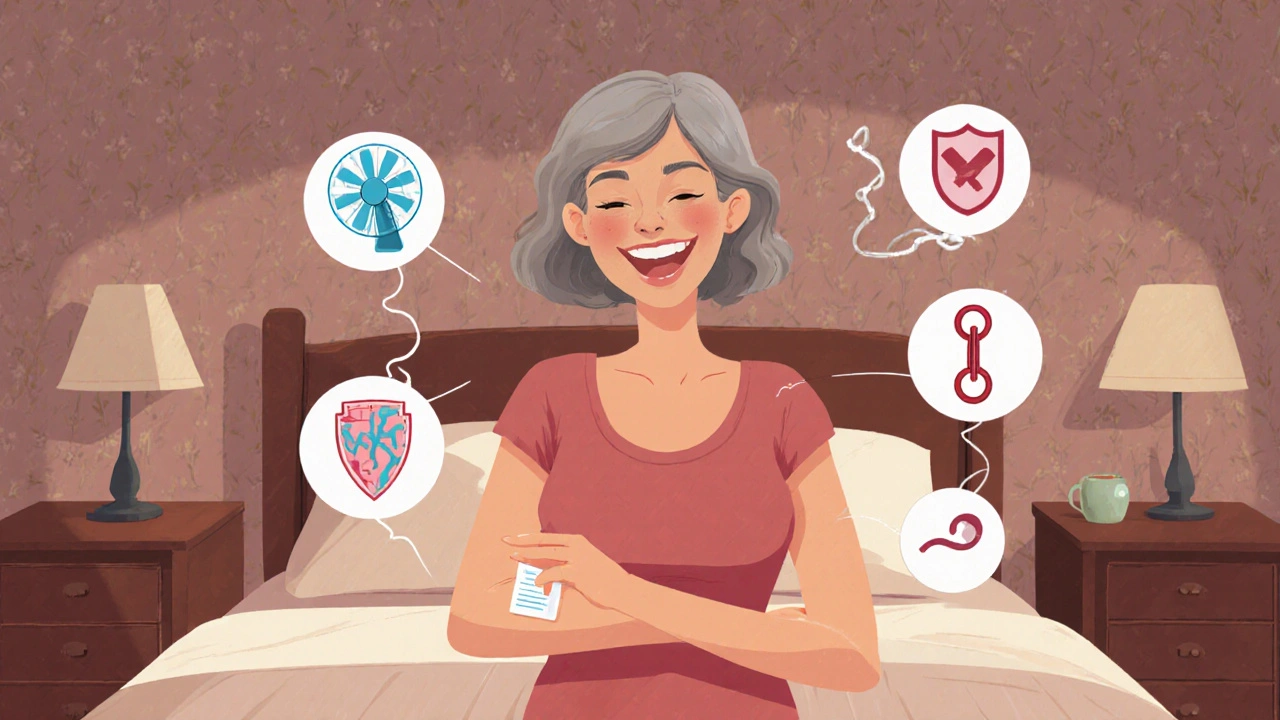

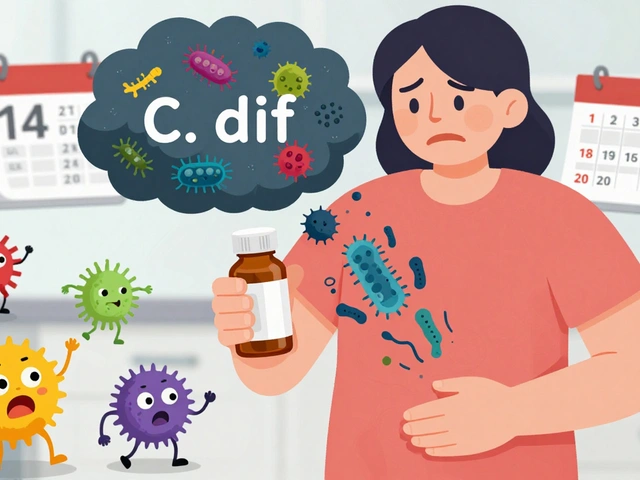


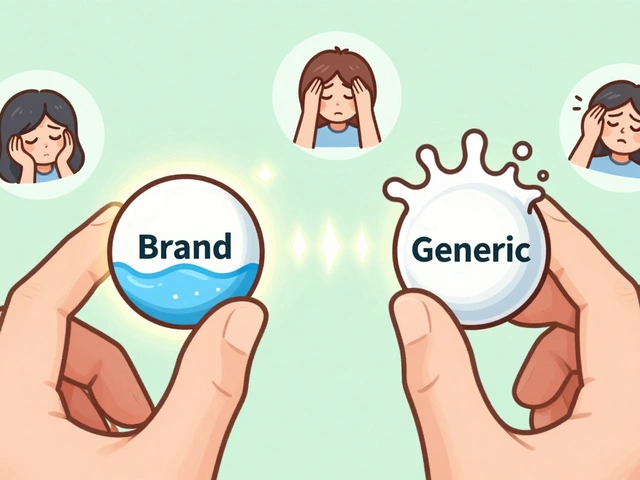

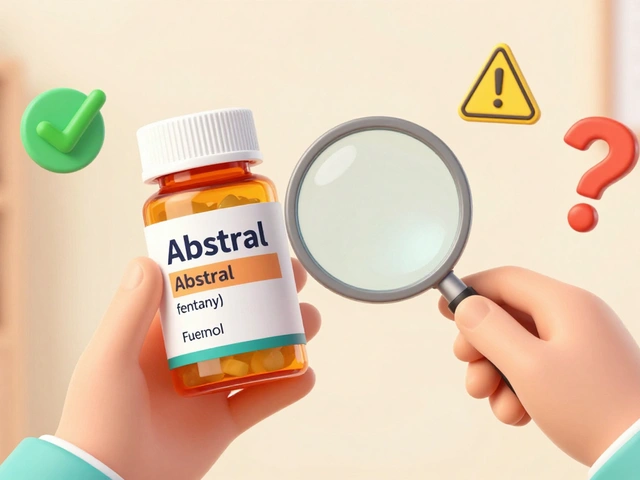


Jessica Healey
I started transdermal estrogen last year after years of night sweats wrecking my sleep-and holy hell, it’s like someone turned off a fire alarm in my body. No more 3am panic sweats. No more dreading meetings. I’m actually sleeping through the night now. Also, no bloating. Pills were a disaster.
Bill Machi
So you’re telling me the whole 2002 WHI panic was just because they tested HRT on grandmas who already had heart disease? That’s not science-that’s a public health disaster. We got scared of a tool because they used it wrong. Now women are suffering needlessly because doctors are too scared to prescribe it. Pathetic.
Gordon Mcdonough
hormone therapy?? what next?? next theyll say we should give men testosterone to fix their midlife crisis?? this is just big pharma pushing pills on women to make them feel better about aging... i mean come on... its natural to get older!!
Levi Hobbs
Thanks for laying this out so clearly. I especially appreciated the breakdown on transdermal vs. oral-my mom was on pills for years and had two blood clots. Switching her to patches was life-changing. Also, the point about micronized progesterone over synthetic progestins is critical. Most doctors still default to the old stuff. We need more awareness.
Kelsey Robertson
Oh please. You’re selling HRT like it’s a magic wand. What about the women who get depression, rage, and weight gain? What about the ones who bleed for months? You act like everyone has the same experience. It’s not ‘personalized’-it’s a gamble with your body. And don’t even get me started on ‘bioidentical’ being ‘unsafe’-I’ve seen women thrive on compounded versions that big pharma won’t touch.
Joseph Townsend
Let me tell you about my aunt Carol-she went from crying in the grocery store because she couldn’t remember her own name to hiking Machu Picchu at 62. HRT didn’t just fix her hot flashes-it gave her back her soul. She calls it her ‘second puberty.’ I’m not joking. If you’re scared of HRT, you’re scared of living.
Sridhar Suvarna
As someone from India where HRT is rarely discussed, this is eye-opening. We think menopause is just ‘women getting old’ and push it under the rug. But the science here is clear: timing, delivery, and monitoring matter. We need this conversation in our communities too. Thank you for writing this with such clarity.
satya pradeep
wait so if u have a uterus u need progesterone but the synthetic kind increases breast cancer risk?? then why do doctors still give medroxy?? they just dont care? i had a friend on it for 3 yrs and got stage 2 breast cancer. now she’s on micronized progesterone and says it’s like night and day. someone needs to tell the med community this
Holli Yancey
I’ve been on HRT for 7 years. I’m 58. No clots, no cancer, no issues. I get checked every year. My BP is fine. My bones are strong. I’m not ‘addicted’-I’m just not in pain anymore. Why is that so hard to accept?
Joseph Peel
The cultural stigma around menopause is staggering. We treat it like a failure instead of a natural transition. The fact that HRT is still seen as controversial in 2025 reflects a deeper societal discomfort with aging women. This isn’t just medicine-it’s a feminist issue.
henry mariono
I read this whole thing. Took me three sittings. I’m not sure I’ll ever start HRT, but I finally understand the nuance. Thanks for not oversimplifying. I appreciate that.
Elia DOnald Maluleke
In the African tradition, elders are revered-not medicated. But I see now: this is not about denying nature, but about honoring the body’s capacity to heal. HRT, when used wisely, is not a betrayal of biology-it is an act of intelligent stewardship. We must not confuse tradition with ignorance.
Shannon Hale
So you’re telling me estrogen patches are safer than pills, but you still want me to take progesterone for 12-14 days a month? That’s not treatment-that’s a prison sentence. Why can’t we just use a progestin-free option? Duavee? Why isn’t that the first-line? You’re still forcing women to bleed like they’re on birth control. This is outdated.
Eric Healy
My oncologist said no HRT after breast cancer. Period. End of story. So I guess I’ll just keep sweating through my clothes and crying in the shower. Thanks for the ‘science-backed’ advice that doesn’t help the people who need it most.